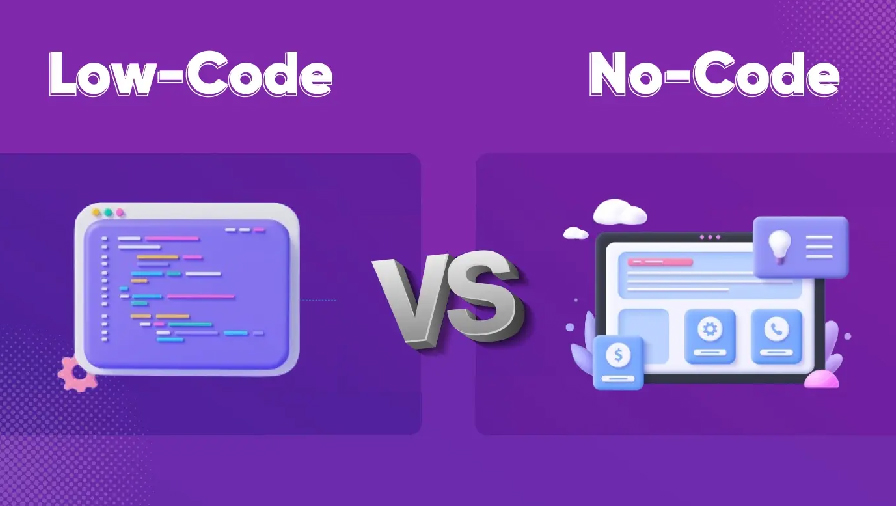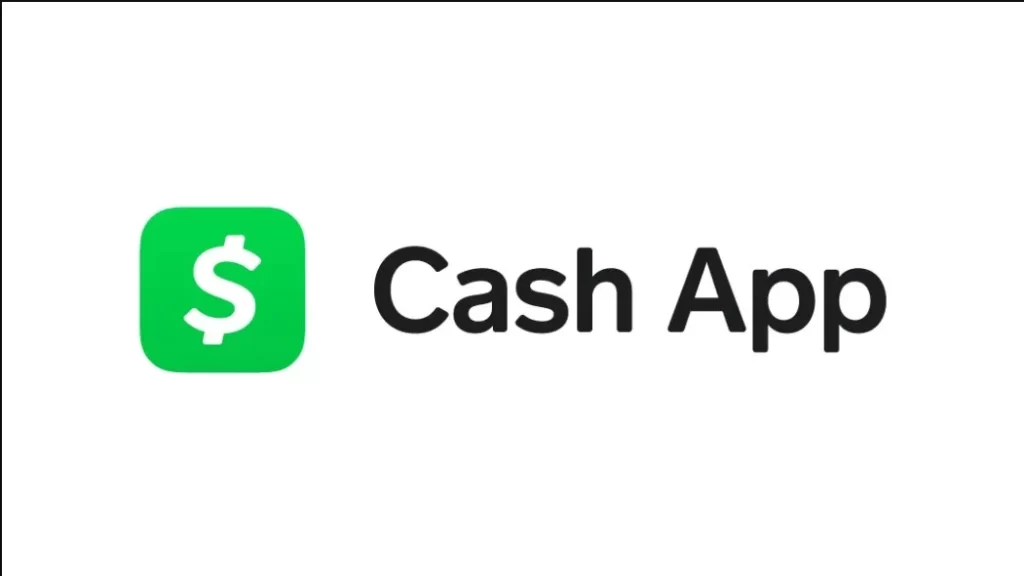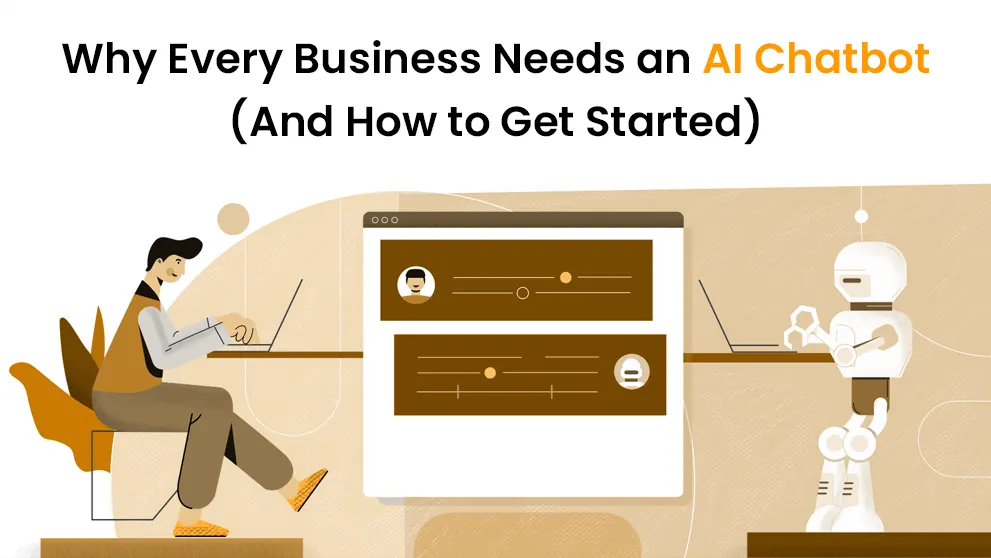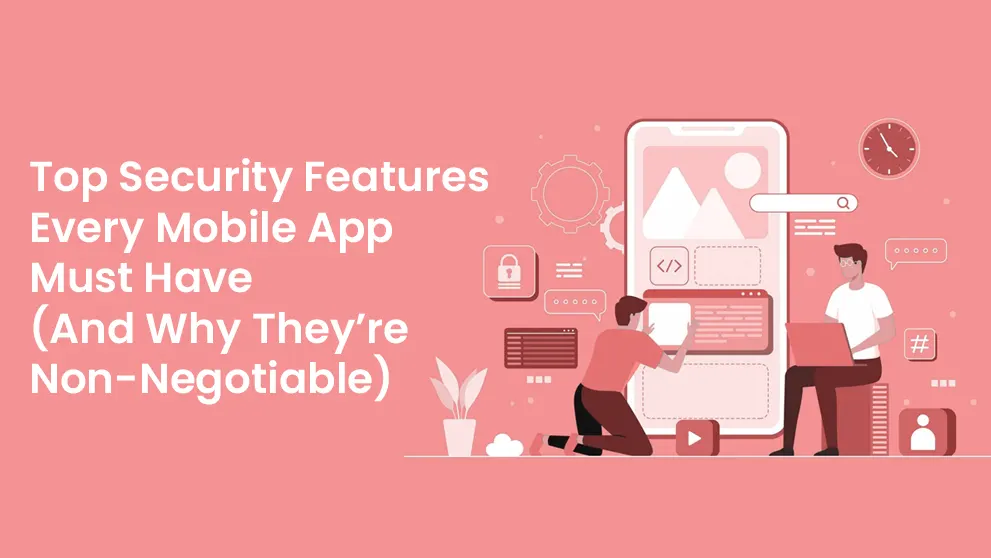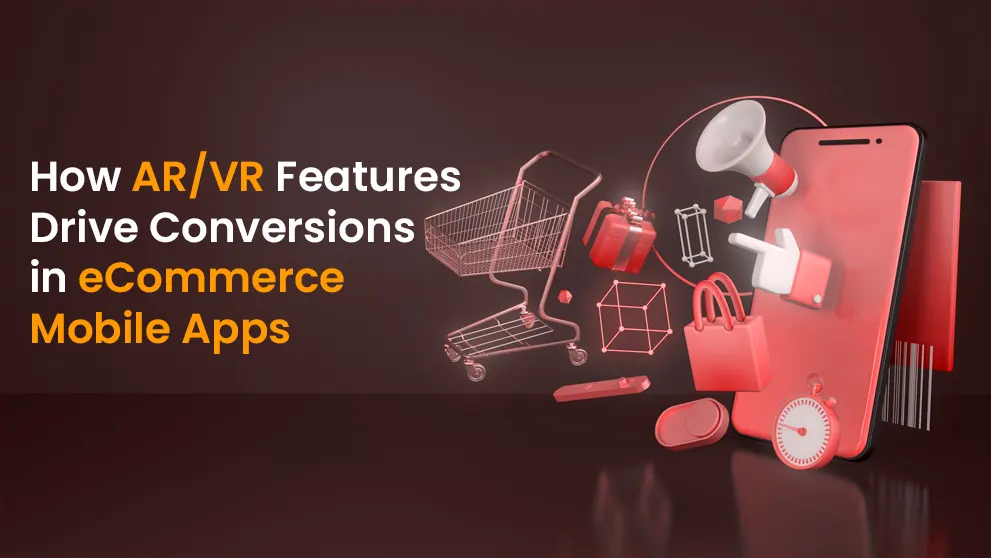No-Code vs. Custom Development: Which Should You Choose?
The world of software development has vastly opened up different ways for businesses to realize their ideas. Among the most debated options in software development are no-code platforms and custom development. Though both methods are used to build working apps, they suit different demand levels, budgets, and amounts of technical expertise. So, which one will you choose for your business? Let us explore the most important differences, benefits, and potential downsides of no-code and custom development that can help you make a better decision. What is No-Code Development? No-code development refers to a way by which users can create applications using a drag-and-drop interface, without needing the knowledge of programming. Most of these tools come with pre-built templates, integrations, and visual workflows, bringing creating an app to the hands of users without core developer expertise. Some well-known no-code tools include Bubble, Webflow, OutSystems, and Zapier. Pros of No-Code Development Faster Development: No-code platforms significantly reduce the time needed to develop an application. Lower Costs: Businesses can avoid hiring expensive development teams. Accessibility: Non-technical users can create and modify applications without coding skills. Built-in Security & Compliance: No-code providers often include security measures and regulatory compliance. Cons of No-Code Development Limited Customization: You may not be able to build highly complex, unique features. Scalability Issues: No-code solutions may not be suitable for large-scale applications. Platform Dependency: Businesses rely on the provider’s infrastructure and may face limitations. What is Custom Development? Custom development is the process of building applications or software from scratch with programming languages and frameworks such as Python, JavaScript, React, and others. While custom development allows complete control over features and scalability, it requires highly skilled developers, and more time before being deployed successfully. This isn’t the case with no-code solutions. Pros of Custom Development Unlimited Customization: You have full control over every aspect of the application. Greater Scalability: Custom-built applications can scale seamlessly with business growth. Better Security & Compliance: Security features can be tailored to meet industry-specific requirements. No Third-Party Restrictions: Your software is independent of platform limitations. Cons of Custom Development Higher Initial Costs: Custom development requires investment in developers, testing, and infrastructure. Longer Development Time: Building from scratch takes weeks or even months. Requires Technical Expertise: An in-house development team or outsourcing to experts is necessary. No-Code vs. Custom Development: Feature Comparison 1. Speed of Development No-Code: If you need a working product fast, you should go no-code. These platforms offer pre-built templates and integrations, which allow users to launch applications in days or perhaps hours. Custom Development: It may take weeks or months for software to be completed from scratch, depending on the complexity. Such custom development conforms satisfactorily to the discretion of the user for every feature. 2. Flexibility & Customization No-Code: While no-code platforms offer plenty of customization, they are still restricted by platform limitations. If a required feature isn’t available, workarounds may be needed. Custom Development: Provides full control over the design, features, and user experience. You are not limited by a third-party platform and can build exactly what you envision. 3. Cost Considerations No-Code: Generally, no-code platforms cost less at first, thanks to the elimination of dedicated coding professionals. And later on, subscription fees and possible limitations may turn out to be pricey. Custom Development: Requires a higher initial investment. It’s a complex and scalable approach that can prove more cost-effective for businesses in the long run. 4. Scalability & Growth No-Code: Best suited for small to mid-sized projects. However, as the business grows, platform restrictions may hinder performance and require migration to a custom solution. Custom Development: Built with scalability in mind, allowing businesses to expand functionalities as needed without worrying about limitations. 5. Security & Compliance No-Code: Security is handled by the platform provider, which means you depend on their security measures. For industries with strict compliance needs (e.g., finance, healthcare), this could be a concern. Custom Development: Provides complete control over security measures, allowing businesses to implement industry-specific compliance and data protection mechanisms. 6. Maintenance & Updates No-Code: Platform providers handle updates and maintenance, meaning less hassle for the user. However, you rely on their roadmap and decisions. Custom Development: Requires dedicated maintenance and ongoing updates, which adds to operational costs but ensures long-term stability. When To Choose No-Code Development? No-code platforms work best for businesses or individuals that: Need a quick MVP (Minimum Viable Product) to validate an idea. Lack an in-house development team or technical expertise. Have budget constraints and want a cost-effective solution. Require simple applications such as landing pages, internal dashboards, or workflow automation. For instance, startups can use no-code platforms to garner user feedback on their early prototypes of products and services before investing in custom development. Binate Digital and many other companies understand the potential for no-code to expedite initial market testing efforts and lower overall costs. When to Choose Custom Development? Custom development is the right choice if: Your application requires complex features that no-code platforms can’t support. You need advanced security measures and compliance with industry regulations. You plan for long-term scalability and full control over the software. You aim to develop a unique brand identity through a highly customized UI/UX. For example, if you’re building a high-traffic eCommerce platform, a custom solution will allow for tailored performance optimization, integrations, and scalability that no-code platforms simply can’t match. Hybrid Approach: The Best of Both Worlds? Certain companies adopt a hybrid approach, in which no-code tools prototype or support internal applications while custom development is used for functions deemed critical. This also strikes a balance between rapid deployment and long-term flexibility. Many businesses, including industry leaders like Binate Digital, explore both options depending on the goals and scope of the project. Final Thoughts: Which One is Right for You? The selection between no-code and custom development is contingent on the requirement of the project, budgeting, and long-term projection of the solution. No-code assists in rapid application while saving on resources, but custom development allows scalability, enhanced security, and tailor-made
No-Code vs. Custom Development: Which Should You Choose? Read More »

